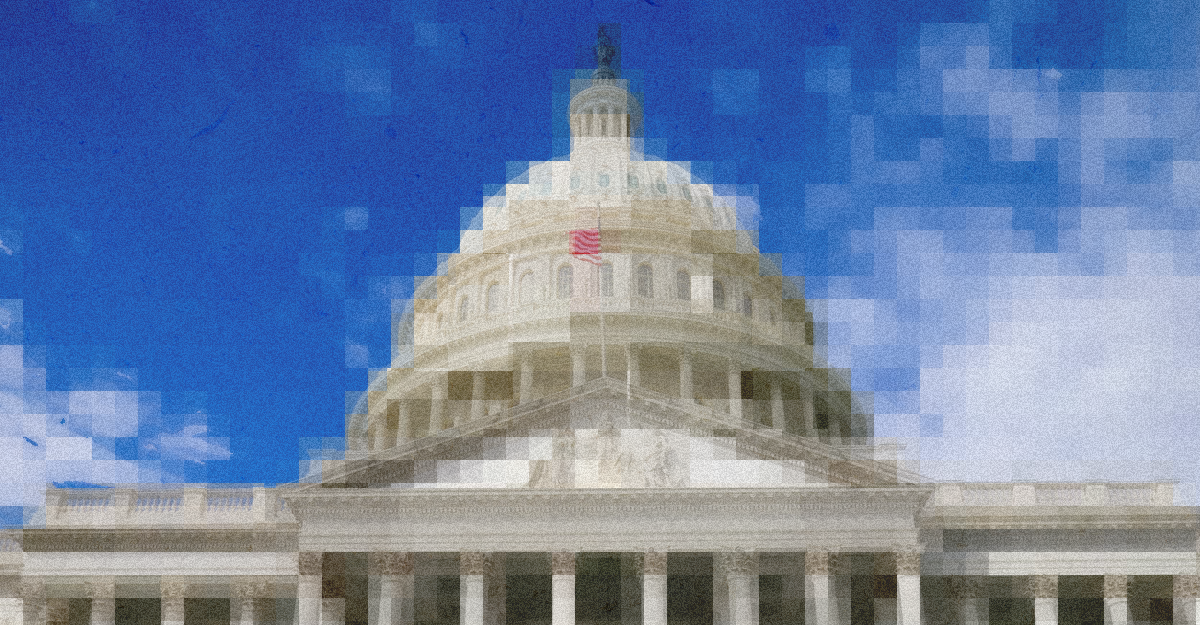
The federal government has a long history of creating and deploying innovative science and technology solutions – but institutional complexity and bureaucratic bottlenecks too often stifle its ability to solve problems. Amongst the many challenges facing the legislative and executive branches, tools and approaches currently exist that can dramatically increase government’s ability to deliver for the American people, but these tools remain underappreciated and underutilized.
The Federation of American Scientists aims to help the government identify, define, prioritize and champion solutions to society’s most pressing needs, with a focus on financial mechanisms, modernization, and talent and hiring as key drivers for change.
In a year when management issues like human capital, IT modernization, and improper payments have received greater attention from the public, examining this PMA tells us a lot about where the Administration’s policy is going to be focused through its last three years.
Congress must enact a Digital Public Infrastructure Act, a recognition that the government’s most fundamental responsibility in the digital era is to provide a solid, trustworthy foundation upon which people, businesses, and communities can build.
To increase the real and perceived benefit of research funding, funding agencies should develop challenge goals for their extramural research programs focused on the impact portion of their mission.
Americans trade stocks instantly, but spend 13 hours on tax forms. They send cash by text, but wait weeks for IRS responses. The nation’s revenue collector ranks dead last in citizen satisfaction. The problem isn’t just paperwork — it’s how the government builds.

As we approach the 250th anniversary of our Constitution, we can build momentum toward such reforms by creating opportunity reimagine what sort of government we want, and to what end.

The FDA can better leverage Advisory Committee membership through expanding the role of the chair, overall committee composition, implementing mandatory training programs, and streamlining the conflict of interest process.

The federal government plays a critical role in correcting bias in technologies and incentivizing future processes for equitable innovation.

Improving American competitiveness, security, and prosperity depends on the ability to responsibly site, build, and deploy proposed critical energy, infrastructure, and environmental restoration projects.





